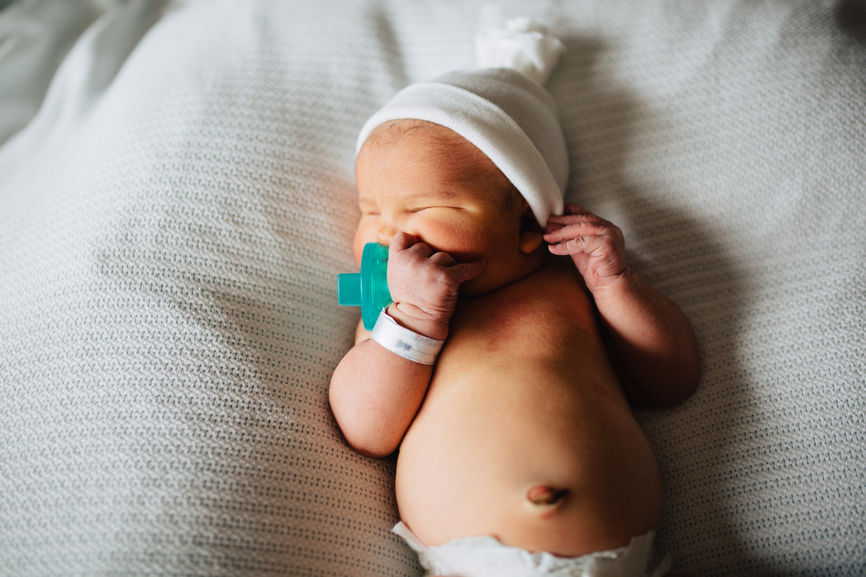7 Cool Facts About The Umbilical Cord
The umbilical cord is a fascinating piece of tissue (including a vein, artery, blood and jelly), that has a huge job. It truly is the cord of life, connecting the baby to its life source.
Here are seven amazing facts about the umbilical cord, its role, and its associated “parts”.
It’s often totally okay if the cord is wrapped around baby! Did you know that 10-30% of babies are born with the cord wrapped around their necks and/or bodies? Cord wrapping, also known as Nuchal Cord, is not usually a problem. The body has a built in safety (and sticky!) mechanism called Wharton’s Jelly, which surrounds the blood vessels within the cord. Wharton’s jelly keeps the cord pliable and ensures blood, oxygen and nutrient flow can continue to happen. When cords are extra long, the chance of a nuchal cord are higher.
Most cords have 3 vessels. After babies are born, the placenta and the umblical cord are examined by health care providers. One thing they look for is the vessels in the cord. What they want to see is 3 vessels - 1 vein, which has the role of carrying oxygen and nutrients from the parent to baby; and 2 arteries that filter waste, such as carbon dioxide, from baby back to the placenta. For people that choose to have ultrasounds during pregnancy, the number of vessels will have been assessed. Sometimes a 2 vessel cord is picked up, and this baby will be monitored a bit more closely, as there is a potential for health risks.
The umbilical cord contains stem cells. As most people are now aware, cord blood and tissue banking is an option. The blood and tissue is taken from the cord directly after it’s been clamped and cut and the stem cells are stored for a potential future use. Here’s some reasons why you may or may not consider cord blood banking.
It doesn’t hurt baby when the cord is cut - but it feels strange to those cutting the cord! There are no nerves in the cord, so clamping and cutting the cord causes no pain to baby. However, in birth rooms, cutting the cord it is often jokingly compared to “cutting calamari”, and the sensation does feel a bit strange.
The cord attaches to a temporary organ. The placenta is an organ that is made specifically for each pregnant person and their baby. While all placentas do the same job, they all have their own incredible unique aspects - including shapes - I’ve seen a heart shaped placenta! And once the job is done, the placenta evacuates with its baby partner.
Cords vary in length. Cords are generally 20-24 inches in length, and 1-2 cm in diameter. But long ones can be as long as 32 inches and short ones can be 13 inches or less.
Cords should not exit the body before baby does. While Wharton’s jelly is an incredible substance, it can’t protect from extreme compressions on the cord. During labour the baby is still attached to the placenta and needs the cord to function optimally. When the cord comes before baby or alongside baby, it is known as a cord prolapse. This is an occurrance obstetrical and midwifery care providers are trained to handle.
In her fascinating piece published on The Conversation, midwife Hanna Dahlen writes,
“Our belly button is a reminder for life that once we were attached to and dependent on our mother, floating like a little astronaut in our liquid universe. The cord, and in particular the remaining belly button, has always been fascinating to humans and we still embark on some interesting traditions to celebrate and aid the physical separation of the umbilical cord. The umbilical cord is probably the baby’s first toy, as they are sometimes caught on ultrasound playing around with it.”
How incredibly cool to think about!
We offer a wide range of support services for families, including:
Prenatal and Postpartum yoga and movement
Please get in touch to learn more about any of our support services.



